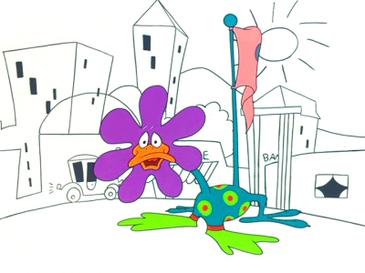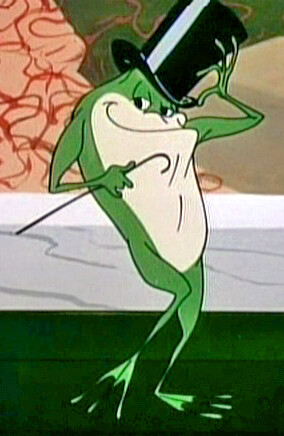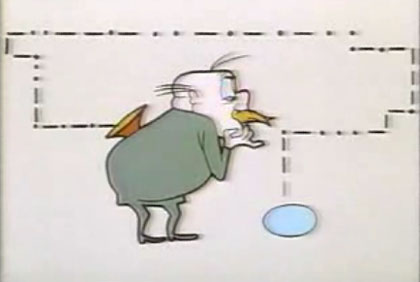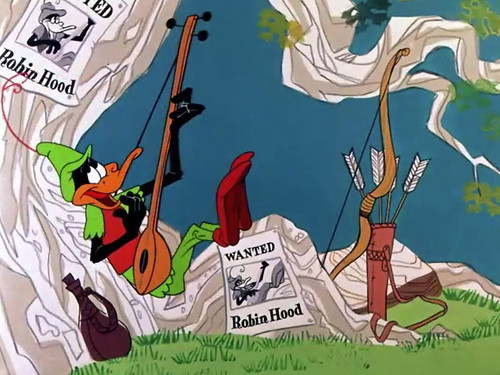Well, we're almost done, just one more cartoon to go and the list is officially complete! However, before we wrap this up, I wanted to take a moment to give honor to the cartoons that I really wanted to put on the list, but sadly didn't get the chance to. There were a few shorts that I'd planned on putting further up on the list but later found I couldn't fit them in, some that I simply forgot, and a few that fellow readers requested I add but I didn't get a chance. I'm actually surprised at the amount of feedback I've gotten on this list, it's really fun to see how many people on this site are just as big of fans of Looney Tunes as I am.
Now I'm not saying that I regret my list in any way: I chose the ones that I felt were the best, and I'm sticking to it, but that doesn't mean that I'm not upset that there weren't more cartoons that I had room for. After all, the Looney Tunes Golden Collection sets feature a grand total of over 380 cartoons alone, and they're still not done releasing DVDs!
And, on a side note, I want to thank you all for reading this blog and invite you to check out
Stickman & Inkblot, a new animation blog that I'll be contributing to regularly.
So let's not waste any more time. Here are my Honorable Mentions:
- Transylvania 6-5000 (1963), directed by Chuck Jones
---Bugs goes up against a vampire, who doesn't love that?
- Buckaroo Bugs (1944), directed by Bob Clampett
---Believe it or not, this was a special request from one of my readers, and I really felt bad that I wasn't able to include it.
- No Barking (1954), directed by Chuck Jones
---Not only is this a fun cartoon, but it was animated entirely by Ken Harris, one of Jones' top animators.
- The Hole Idea (1955), directed by Bob McKimson
---The premise of creating a portable hole is funny enough, but there's also the fact that McKimson not only directed this short, but animated it all on his own. Now THAT'S impressive!
- Hollywood Steps Out (1941), directed by Tex Avery
---Termite Terrace was well-known for putting caricatures of famous actors and actresses in their shorts, but this is probably the most famous one, staring an entire ensemble of Hollywood's finest in all their animated glory.
- Water, Water Every Hare (1952), directed by Chuck Jones
---Bugs finds himself locked in a castle with a mad scientist (parodying Vincent Price) and everyone's favorite giant orange monster, Gossamer (called Rudolph in this short)!
- Daffy Dilly (1948), directed by Chuck Jones
---While struggling as a salesman for joke and novelty items, Daffy learns that a dying millionaire will bequeath his fortune to anyone who can make him laugh again... if only Daffy can get past the butler first!
- Bugs and Thugs (1954), directed by Friz Freleng
---Bugs has his first encounter with Rocky and Mugsy, a pair of low-life gangsters who learn the hard way not to mess with everyone's favorite rabbit.
And finally... a tie between A Wild Hare (1940) and Porky's Duck Hunt (1937), for being the first cartoons to feature the modern version of Bugs (as well as his first pairing with Elmer Fudd), and the introduction of Daffy Duck!
So remember, that's not all, folks! See you back here soon with my pick for the #1 greatest Looney Tunes Cartoon of all time!









































